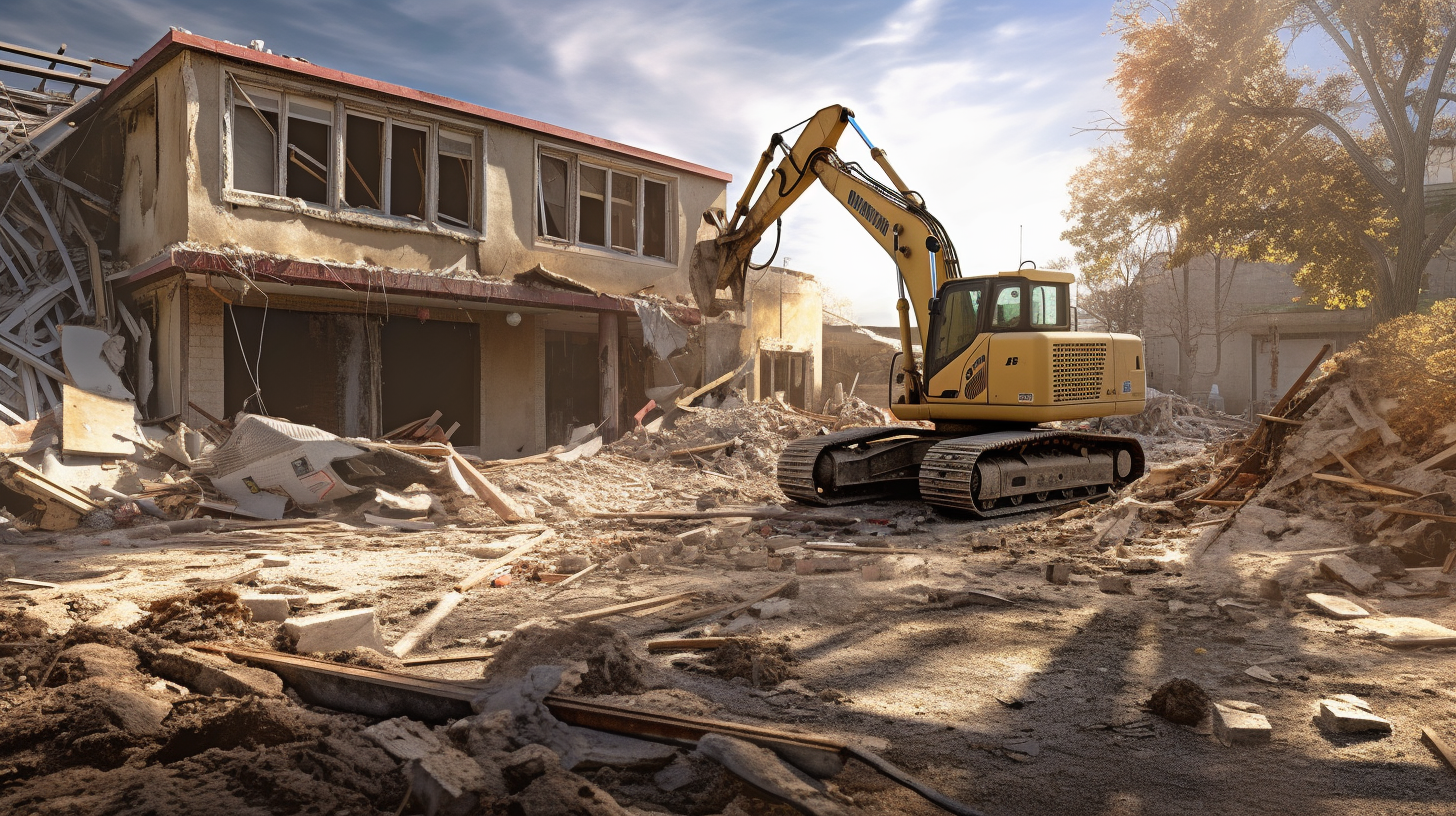
Storms can leave behind a trail of destruction, disrupting communities and damaging both natural and built environments. The aftermath often reveals a variety of debris, ranging from fallen trees and scattered vegetation to damaged structures and hazardous materials. Managing this debris is a critical step in recovery, as it not only restores the aesthetic and functionality of affected areas but also ensures public safety. Understanding the types of debris storms generate helps property managers and cleanup crews devise efficient removal strategies, minimizing long-term environmental and structural impacts. By addressing storm debris promptly and effectively, communities can rebuild and regain stability after the chaos.
Assessing the Damage and Debris
Types of Storm Debris
Storms often leave behind a diverse mix of debris that requires immediate attention. Among the most common types are fallen trees, broken branches, and scattered leaves, which can block pathways and create hazardous conditions. Additionally, storms frequently cause damage to man-made structures, resulting in debris such as roof shingles, broken fences, and outdoor furniture. Flooding compounds the problem, introducing debris like mud, silt, and potentially contaminated materials that pose serious health and environmental concerns.
Evaluating Safety Risks
Assessing safety risks is a crucial step in storm debris management. Downed power lines are one of the most dangerous hazards, as they can cause electrocution or fires if not addressed promptly. Unstable trees or large branches may pose a risk of falling, endangering lives and property. Sharp objects such as shattered glass or broken metal can cause injuries, while floodwater debris often carries contamination risks, making protective measures essential during cleanup.
Prioritizing Immediate Hazards
In the aftermath of a storm, prioritizing the removal of immediate hazards is vital to restore safety and accessibility. Clearing pathways and driveways ensures that emergency vehicles and residents can navigate the area without obstruction. Securing dangerous debris, such as unstable branches or loose roofing materials, prevents further damage and reduces the likelihood of injury during the cleanup process.
Tools and Equipment for Storm Debris Removal
Basic Tools for Small-Scale Cleanup
For smaller cleanup tasks, basic tools are often sufficient to manage storm debris effectively. Rakes and shovels are invaluable for gathering leaves, branches, and smaller debris scattered across lawns and driveways. Wheelbarrows make transporting the collected waste to disposal sites more efficient, saving time and effort. Heavy-duty gloves are essential to protect hands from sharp objects and rough materials, while durable trash bags help with the containment and organization of debris for proper disposal.
Advanced Equipment for Large Debris
Larger debris, such as fallen trees or significant structural damage, requires advanced equipment to handle safely and efficiently. Chainsaws are indispensable for cutting through large branches and downed trees, allowing for quicker removal. Power washers are particularly useful for cleaning surfaces caked with mud and silt, restoring driveways, patios, and other areas to their pre-storm condition. For particularly challenging tasks, renting heavy machinery like loaders or excavators may be necessary to clear significant amounts of debris.
Safety Gear Essentials
Safety should always be a priority during debris removal, and the right protective gear is crucial for preventing injuries. Hard hats shield the head from falling branches or debris, while goggles protect the eyes from dust, splinters, and other airborne particles. Steel-toe boots provide robust protection for feet, particularly when dealing with heavy objects or hazardous materials. For environments with significant dust or moldy debris, respirators are essential to safeguard respiratory health.
Step-by-Step Storm Debris Cleanup
Secure the Area
The first step in storm debris cleanup is ensuring the safety of the area. If there are downed power lines, it’s crucial to turn off utilities and contact the appropriate authorities for immediate assistance. Restrict access to any zones with potential hazards, such as unstable structures or standing water, until they can be professionally assessed. This prevents accidents and ensures that the cleanup process can proceed without unnecessary risks.
Remove Large Debris First
Start by addressing large debris, such as fallen branches, trees, or significant structural damage. Safely cutting and stacking branches reduces clutter and creates space for easier cleanup of smaller debris. For heavy or bulky items, enlist the help of a team or hire professionals equipped with the tools and expertise to manage large-scale debris safely. This approach helps avoid injuries and streamlines the process.
Sort and Categorize Debris
Sorting and categorizing debris ensures efficient removal and compliance with disposal regulations. Separate organic waste, like branches and leaves, from non-organic materials, such as broken furniture or construction debris. Hazardous materials, including chemicals or contaminated flood debris, should be identified and set aside for specialized disposal. Proper sorting also makes recycling and composting efforts more effective.
Dispose of Debris Properly
Proper disposal of storm debris is essential for environmental and legal compliance. Organic materials can be composted or taken to designated green waste centers. Construction debris, like shingles or fencing, should be disposed of according to local guidelines. Hazardous waste requires special handling by certified professionals to ensure safe containment and disposal. Following these guidelines helps maintain environmental integrity and community safety.
Perform a Final Sweep
Once the larger debris is cleared, focus on smaller debris such as leaves, twigs, and miscellaneous litter. A thorough sweep ensures that the area is completely clean and ready for use. For areas exposed to floodwater or mud, washing and disinfecting surfaces is vital to eliminate contaminants and restore sanitary conditions. This final step completes the cleanup process and prepares the property for normal activity.
Eco-Friendly Disposal Options for Storm Debris
Composting Organic Waste
Composting is an excellent eco-friendly method for disposing of organic storm debris, such as branches, leaves, and other natural materials. Setting up a compost pile is simple and effective; gather organic waste in a designated area, layer it with green and brown materials, and maintain proper moisture and aeration. Over time, the pile will break down into nutrient-rich soil, which can be used for gardening or landscaping. Composting not only reduces landfill waste but also supports sustainable practices by turning debris into a valuable resource for future growth.
Recycling Non-Organic Materials
Non-organic materials, such as damaged furniture or appliances, can often be recycled rather than discarded. Local recycling centers accept a variety of storm debris, including metal furniture and treated wood. Broken electronics or appliances should be handled through e-waste recycling programs to prevent harmful components from entering the environment. Researching local options ensures that these materials are processed responsibly, reducing environmental impact and promoting sustainability.
Municipal Green Waste Services
Many municipalities offer green waste services specifically for storm-related debris. Property managers can schedule pickups or drop-offs through local waste management programs, making disposal convenient and eco-friendly. It’s essential to verify which items are accepted, as some services may have restrictions on debris type or size. Sorting debris according to municipal guidelines streamlines the process and helps ensure proper disposal or recycling of materials.
When to Seek Professional Help
Situations Requiring Professionals
There are instances when professional help is essential for storm debris cleanup. Large-scale tree removal or dealing with unstable structures often requires expertise to ensure safety and efficiency. Similarly, cleanup involving hazardous materials, such as chemicals or asbestos, must be handled by certified professionals who can manage these risks safely and comply with environmental regulations. Attempting these tasks without proper training or equipment can pose significant dangers to both individuals and property.
Benefits of Professional Storm Cleanup
Hiring professional storm cleanup services offers numerous advantages. Professionals come equipped with specialized tools, such as cranes or industrial-grade chainsaws, to handle even the most challenging debris. Their expertise ensures that heavy or hazardous materials are managed with precision and care, reducing the risk of accidents or further damage. Additionally, professionals work efficiently, often completing cleanup tasks faster than untrained teams, which can be critical for restoring functionality to commercial properties or residential areas.
Finding a Reliable Service
Selecting a trustworthy cleanup service is crucial for successful debris removal. Start by researching licensed and insured companies, as this ensures accountability and compliance with local regulations. Check online reviews and testimonials to assess the quality of their work and customer satisfaction. If sustainability is a priority, look for companies that incorporate eco-friendly practices, such as recycling debris or safely disposing of hazardous materials. Investing time in finding a reliable service guarantees a smooth and stress-free cleanup process.
FAQs
Contact Bull City Crawlspace Today!
Bull City Crawlspace will do everything we can to ensure your experience with us is excellent.
Request A FREE Estimate
Request a Free Estimate Form
Checkout Recent Post
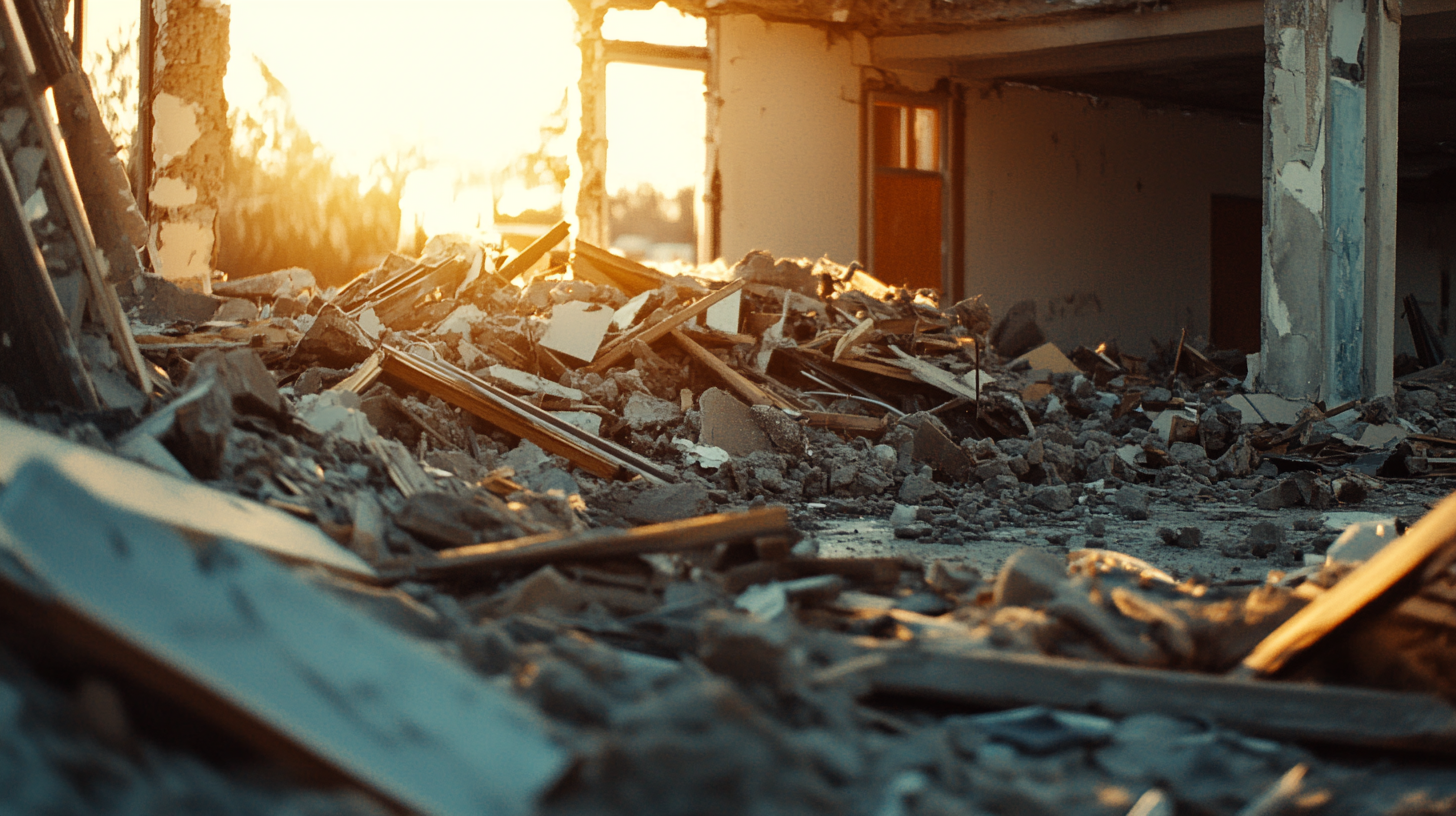
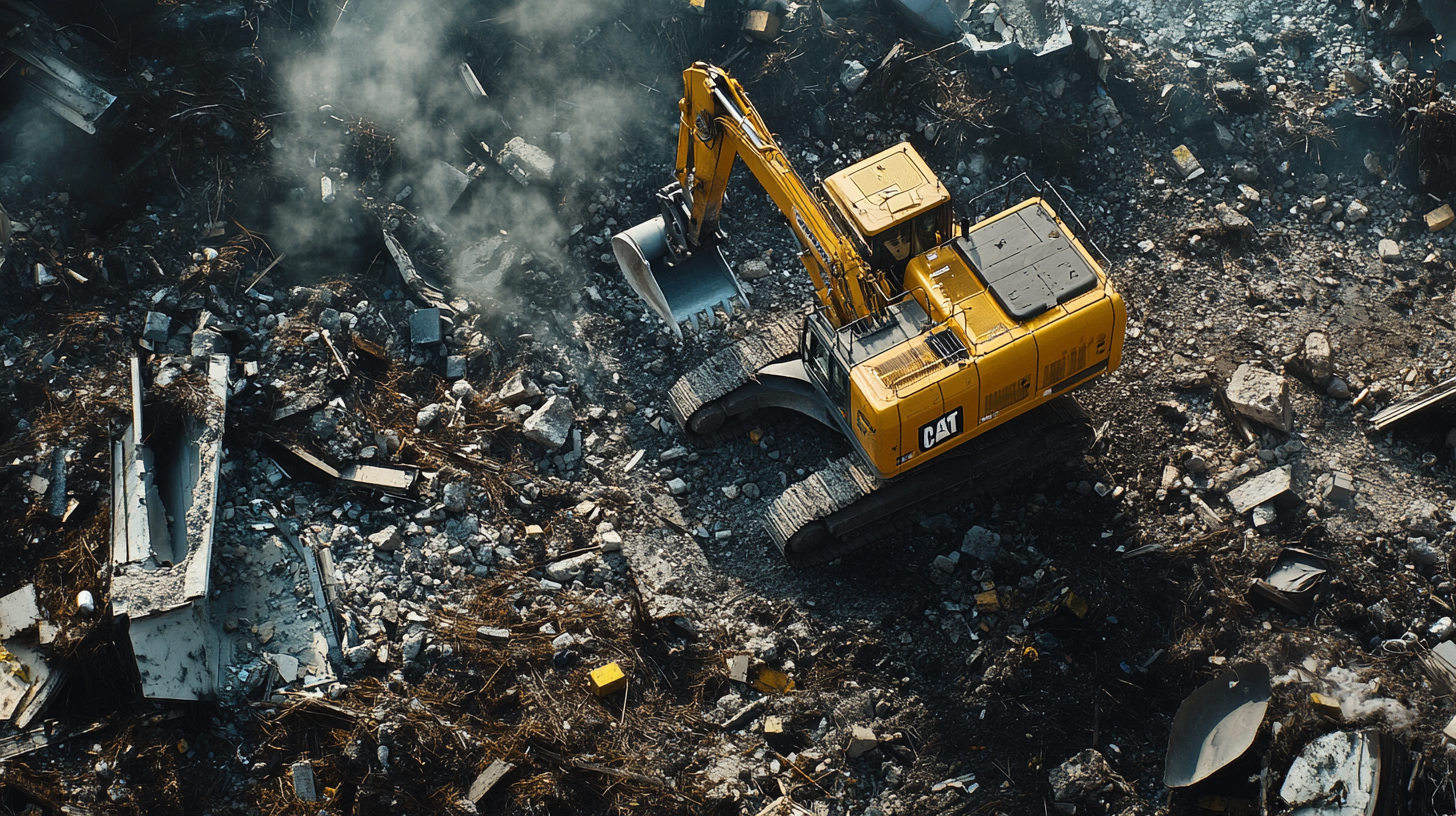
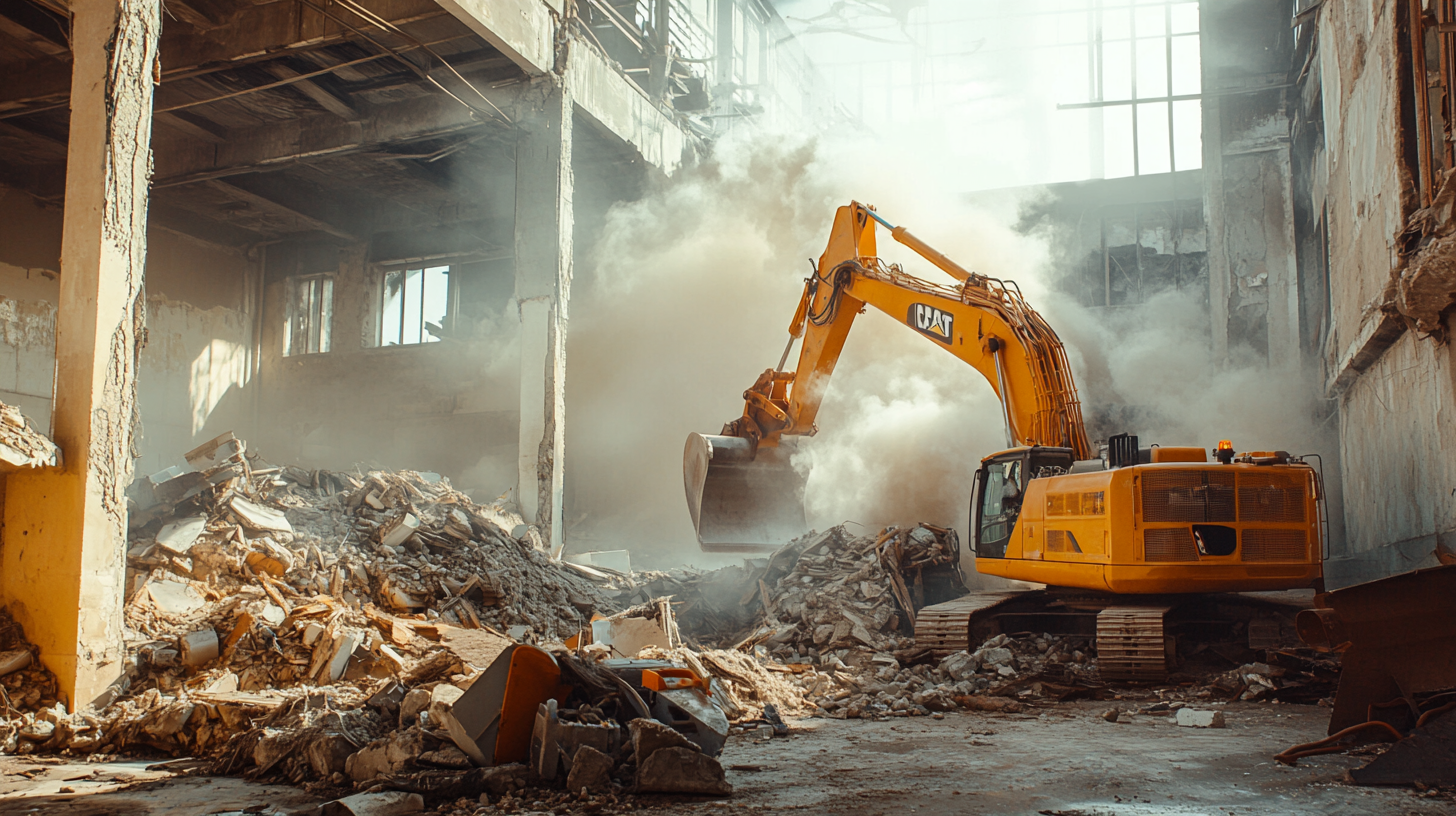
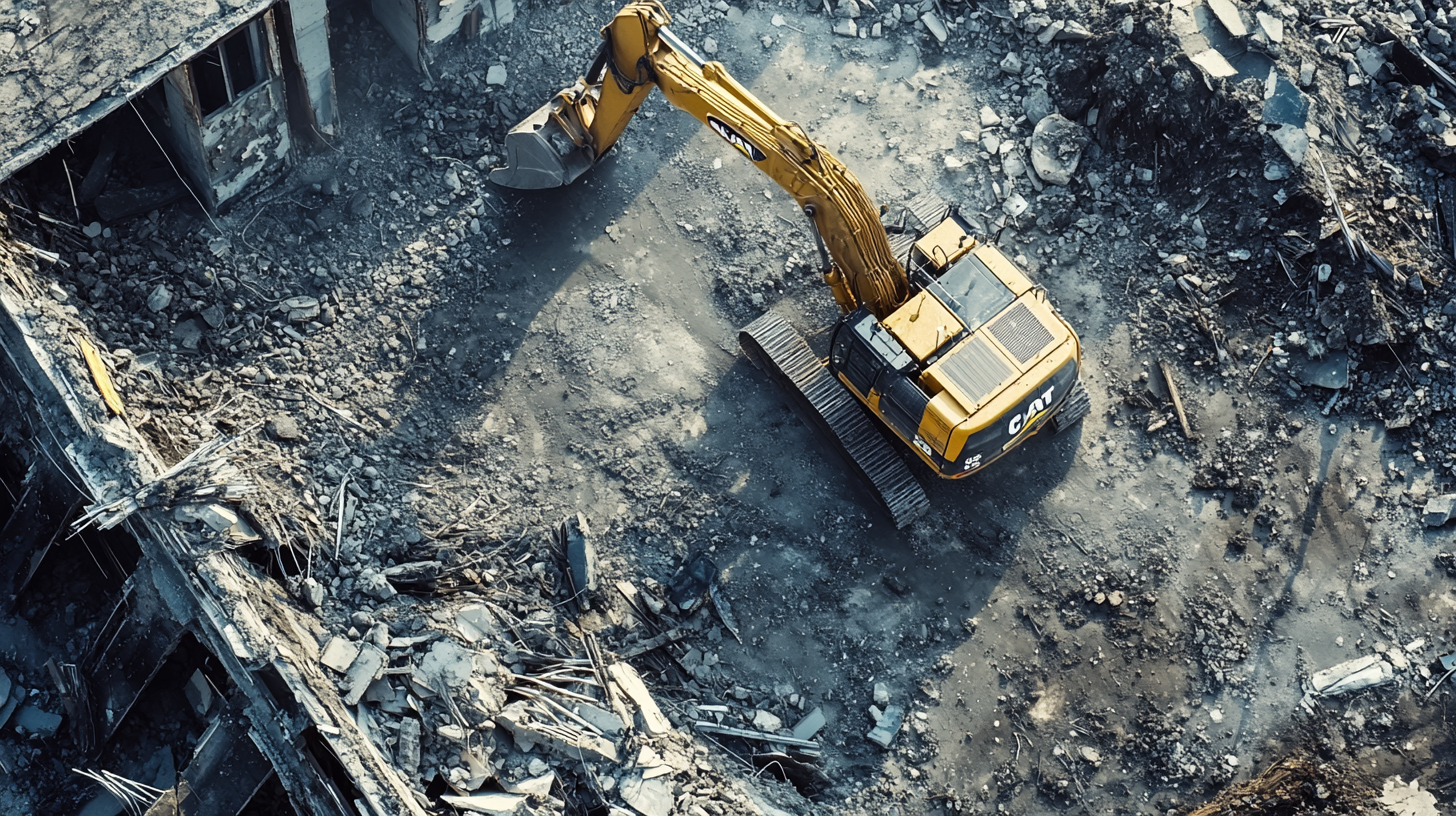
Got a Question? We’re Here to Help.
You can arrange an appointment or make an enquiry by phone or email, orget in touch to us via our contact form.

